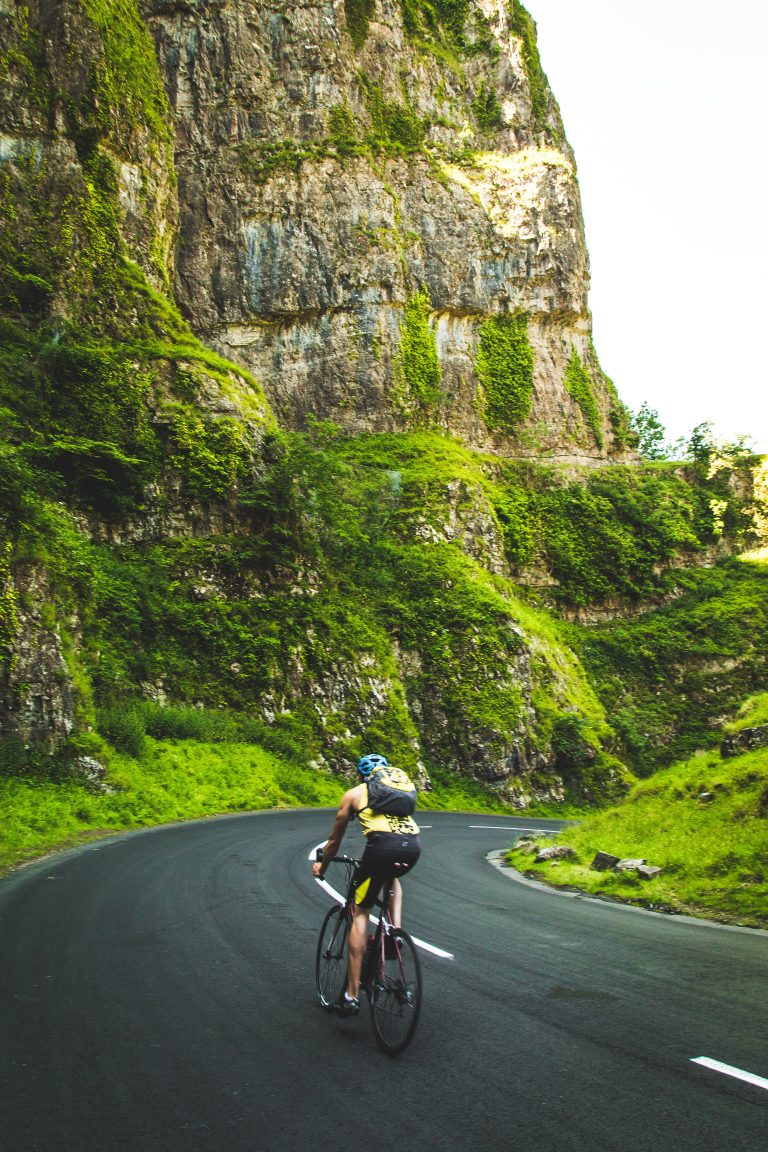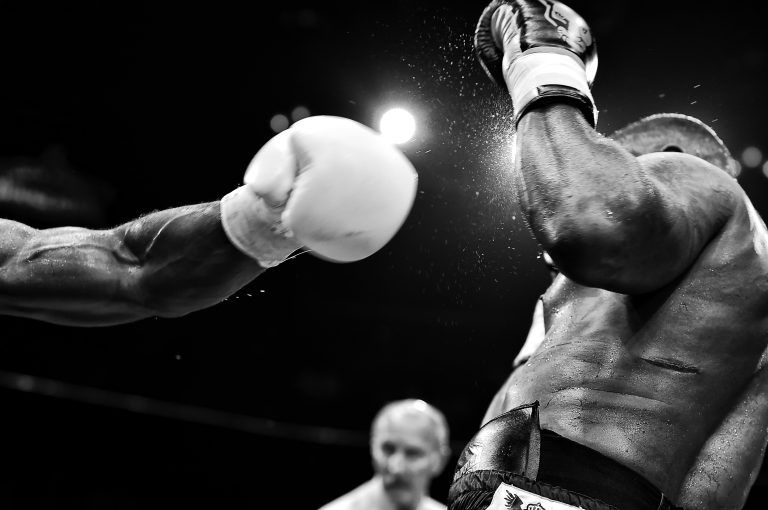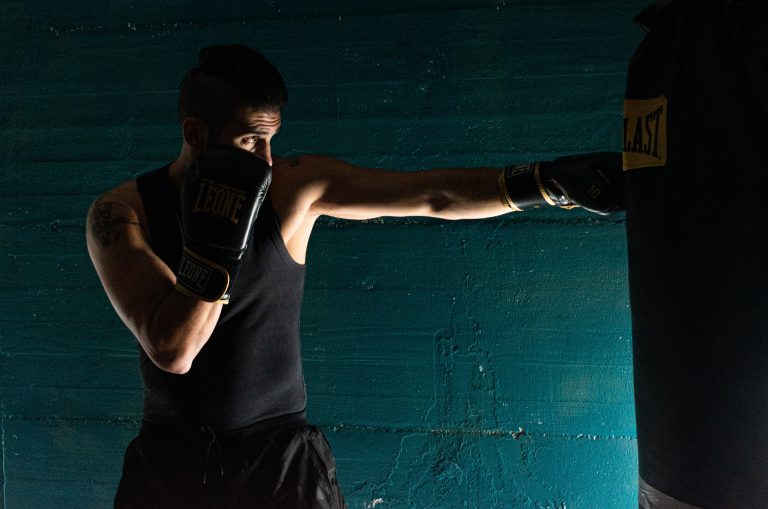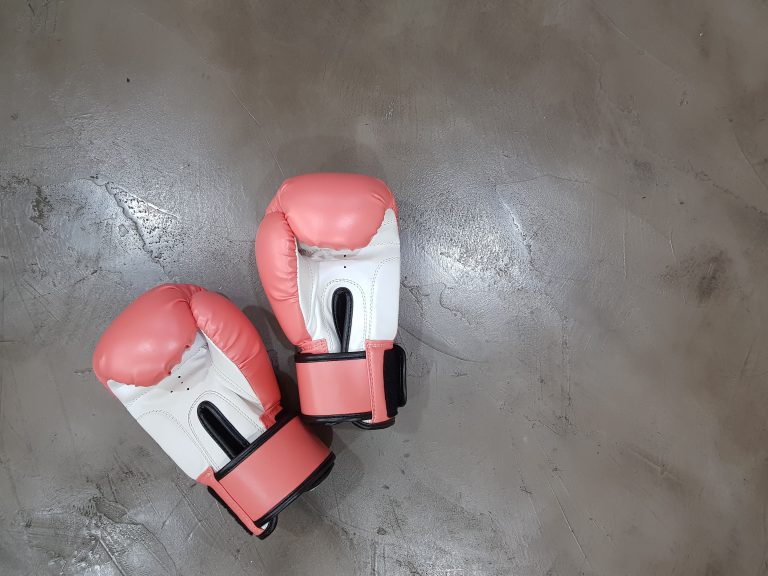Do You Learn Flips in Karate? What You Need to Know
If you are considering learning Karate or already taking Karate classes, you may be curious about certain moves, such as flips. You may have seen some martial arts experts perform flips and other acrobatic skills, but it may not be clear whether those skills are part of Karate training. In this blog post, we will dive into the topic of flips in Karate, whether they are taught and what it takes to learn them.
What is Karate?
Karate is a martial art that originated from Okinawa, Japan, and now has millions of practitioners worldwide. It involves a combination of punching, kicking, knee strikes, elbow strikes, open-hand techniques, and grappling, with an emphasis on contact and striking power. Karate also promotes self-defense, physical fitness, mental discipline, and respect for others.
Flips in Karate
Flips, also called acrobatic techniques, are not typically included in traditional Karate training. While some Karate schools may include basic gymnastic moves, such as jumps and rolls, as part of their warm-up or conditioning exercises, flips are not common in Karate katas (pre-arranged series of techniques and movements), sparring, or self-defense. Instead, Karate places a higher priority on effective and efficient techniques that can be used in real-life situations.
Why Flips are Not Emphasized in Karate
There are a few reasons why flips are not emphasized in Karate training.
Firstly, Karate was originally designed as a system of self-defense against armed and unarmed attackers, so the emphasis is on practical techniques that can immobilize or disable an opponent as quickly and safely as possible. Flips, while they may look impressive, are not the most effective or efficient techniques for self-defense, as they require a lot of space, time, and skill to execute properly, and they often leave the practitioner vulnerable to counterattacks.
Secondly, flips may also increase the risk of injury, especially for beginners or those who have not mastered the fundamental skills and conditioning needed to perform them safely. Flips involve a lot of momentum, height, and impact, which can strain the joints, muscles, and bones if not executed correctly. Injuries resulting from flips can be not only painful but also long-lasting and costly.
Thirdly, Karate has evolved over time to focus more on physical fitness, mental discipline, and character development than on flashy techniques or competition. Flips may be more suitable for martial arts that prioritize acrobatic skills, such as gymnastics, circus arts, or tricking.
What to Expect in Karate Training Instead of Flips
While Karate training does not typically involve flips, there are many other techniques that you can learn and master. The core techniques of Karate include:
– Strikes: punches, kicks, knee strikes, elbow strikes, backfist, ridge hand, hammer fist, spear hand, and knife hand.
– Blocks: inward and outward blocks, rising and falling blocks, and circular blocks.
– Stances: front stance, back stance, horse stance, cat stance, and crane stance.
– Throws: hip throws, shoulder throws, leg sweeps, and arm bars.
– Joint locks: wrist locks, elbow locks, shoulder locks, and ankle locks.
These techniques can be applied in various ways, depending on the situation, the opponent’s size and strength, and your level of proficiency. Karate training also includes sparring, self-defense drills, and conditioning exercises that aim to improve your speed, power, endurance, flexibility, balance, and coordination.
How to Learn Flips
If you are interested in learning acrobatic skills, including flips, you can explore other martial arts or disciplines that specialize in them. Some options include:
– Gymnastics: a sport that involves tumbling, vaulting, balance beam, and uneven bars.
– Tricking: a combination of martial arts, gymnastics, and breakdancing that emphasizes aerial kicks, twists, and flips.
– Capoeira: a Brazilian martial art that blends dance, music, acrobatics, and fighting.
– Wushu: a Chinese martial art that includes acrobatic techniques such as aerials, butterfly kicks, and cartwheels.
These disciplines may have different requirements and standards for learning flips, but they often involve progressive and systematic training of strength, flexibility, agility, and coordination. Flips may also be performed on different surfaces, such as mats, grass, or sand, depending on the discipline and the level of proficiency.
Do You Learn Flips in Karate?
Karate is a popular martial art known for its explosive punches and powerful kicks. It is widely practiced around the world, and many people are interested in learning it. However, one question that beginners often ask is whether they can learn flips in karate. In this blog post, we will address this question and provide you with all the information you need.
What are Flips?
Before delving into the question of whether you can learn flips in karate, it is important to understand what flips are. Flips are acrobatic maneuvers in which a person jumps into the air and rotates their body before landing on the ground. Flips can be performed forwards, backwards, or sideways, and can involve one or multiple rotations.
Flips are often seen in gymnastics, parkour, and similar sports that require a high degree of agility and coordination. However, many beginners who are interested in martial arts often see flips as a part of their training, and wonder if they can learn them in karate.
Do You Learn Flips in Karate?
The short answer to this question is no, you do not learn flips in karate. Karate is a martial art that focuses primarily on striking techniques such as punches, kicks, knees, and elbows. It also includes grappling techniques such as throws, locks, and chokes.
While karate does include some acrobatic techniques such as cartwheels, front rolls, and back rolls, these are not the same as flips. Acrobatic techniques in karate are meant to improve agility, coordination, and balance, and are not intended for use in combat.
Flips, on the other hand, are purely acrobatic maneuvers and have no practical use in martial arts. In fact, attempting to use flips in combat can be dangerous and ineffective, as they leave the person vulnerable to attacks and do not generate significant force or impact.
Why Don’t You Learn Flips in Karate?
Karate is a self-defense system that emphasizes practicality and efficiency in combat. It is designed to be effective in real-life situations, where a person’s safety may be at risk. Flips, while impressive and entertaining, have no practical use in self-defense and may even be a liability in some situations.
Furthermore, learning flips requires a significant amount of time, effort, and practice, which can take away from the time and energy that should be devoted to mastering the core techniques of karate. Most karate schools prioritize the development of foundational skills such as proper stance, footwork, strikes, and blocks over acrobatics.
Are There Any Benefits to Learning Flips in Karate?
While flips are not a part of karate, learning them can still have some benefits. Flips can improve a person’s agility, coordination, balance, and overall physical fitness. They can also boost confidence and provide a sense of accomplishment.
However, if your primary goal is to learn martial arts and self-defense, it is better to focus on the core techniques of karate and leave the acrobatics for other sports.
How to Learn Flips in Karate
Karate is a highly disciplined form of martial arts that focuses on self-defense techniques. Often, beginners wonder if learning flips is an essential component of karate, as flip techniques can be very impressive to watch and can also be used in self-defense. In this guide, we will explore how you can learn flips in karate.
Step 1: Understand the Basics of Karate
Before you begin to learn advanced techniques like flips, it is essential to have a good understanding of the basics of Karate. This includes learning proper techniques for kicks, punches, and stances. Once you have a solid foundation of karate, it will be easier for you to progress to more complex moves like flips.
Step 2: Seek guidance from a professional karate instructor
Learning flips in Karate is not an easy feat, and it requires a lot of practice and guidance. Seeking help from a certified karate instructor will help you learn the correct techniques and avoid any potential injuries. Your karate instructor can also help you progress step by step, ensuring that you build the necessary strength, speed, and agility required to perform flips safely.
Step 3: Practice proper form and technique
Once you have the right guidance, you should begin to practice proper form and technique. It is crucial to avoid shortcuts and to focus on doing the moves correctly, even if it takes longer to perform them this way. Practicing incorrect techniques can be dangerous and can increase the risk of injuries.
Step 4: Work on Building Strength and Flexibility
Flips in Karate require a lot of strength and flexibility. You must work on building both of these attributes. You can improve your strength by doing push-ups, squats, and other bodyweight exercises. To work on flexibility, stretch regularly, and consider adding yoga to your training routine.
Step 5: Progress Slowly and Carefully
Flips are advanced karate techniques and require patience and commitment to master. You should progress slowly and carefully and avoid trying to do them before you are ready. Trying advanced techniques like flips before you have mastered the basics and built the necessary strength and flexibility can lead to serious injuries.
Step 6: Stay Committed and Consistent
Learning how to do flips in Karate requires a lot of hard work and dedication. It would help if you stayed committed to your practice and remain consistent with your training. Consistency is key to developing the skills needed to progress from basic techniques to more difficult ones like flips.
Conclusion
Learning flips in Karate is a process that requires time, effort, and dedication. As you progress, remember to stay patient and avoid trying to take shortcuts. By developing a solid foundation of basic karate techniques, seeking guidance from a certified instructor, practicing proper form and technique, building strength and flexibility, progressing slowly and carefully, and remaining committed and consistent with your practice, you can gradually learn how to do flips in Karate safely and with confidence.
Inhaltsverzeichnis






